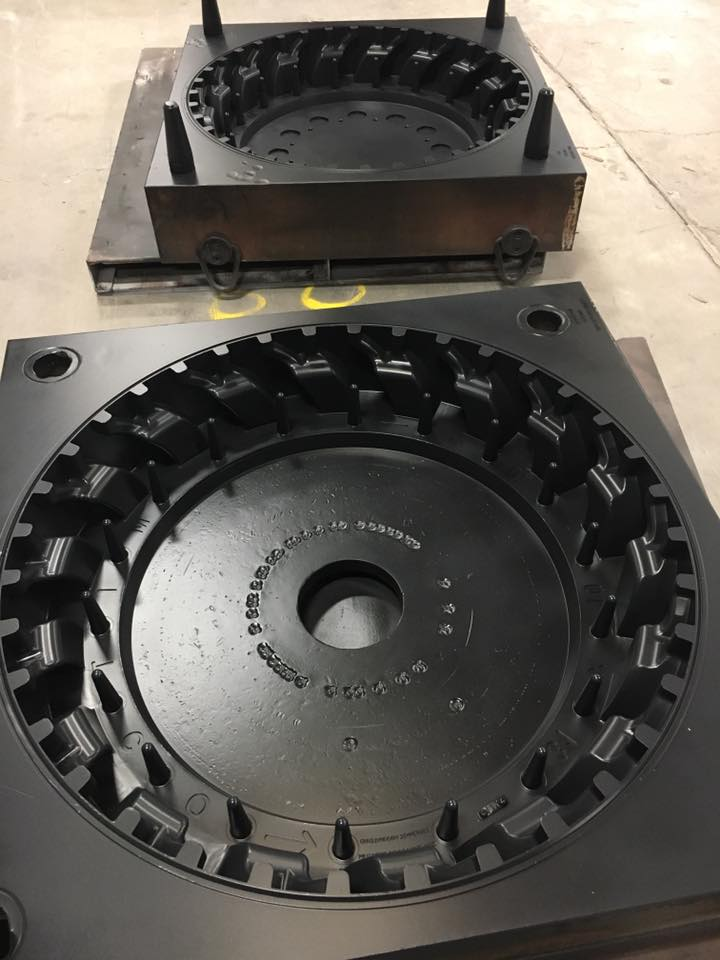Fluoropolymer coating — also known as release coating — is durable, corrosion resistant, and great for reducing friction, which makes it perfect for applications in a vast array of industries. If you’re involved in manufacturing cookware, automotive or aerospace components, or medical devices (among other things), you’re likely familiar with fluoropolymer coating and its many uses; but do you know how it works? Read on to learn about the science behind this versatile finishing option.
A polymer is a specific type of chemical compound that can occur either naturally or synthetically. It is made up of molecules that are bonded together in repeating chains. A fluoropolymer is a polymer made up of fluorocarbons (compounds that consist solely of carbon and fluorine). The carbon-fluoride bonds in a fluoropolymer are extremely strong. The fluorine in a fluoropolymer is electrically negative. This negative charge prevents the fluoropolymer from easily bonding with other materials, hence its non-stick and friction reducing properties. Many of fluoropolymer’s other useful properties, such as high corrosion and chemical resistance, are a result of the atomic structures of fluorine and carbon and the specific way in which they bond. Now that you know what fluoropolymers are, and how they work, you can easily make the leap to understanding fluoropolymer coatings. As the name suggests, they are simply coatings that are made of fluoropolymers, which is why they impart properties like chemical resistance and friction reduction when applied to a surface. Want to learn more about fluoropolymer coatings and their many applications? Contact Secoa Metal Finishing today at (706) 383-2893 or sales@secoatech.com.
Want to learn more about fluoropolymer coatings and their many applications? Contact Secoa Metal Finishing today at (706) 383-2893 or sales@secoatech.com.
